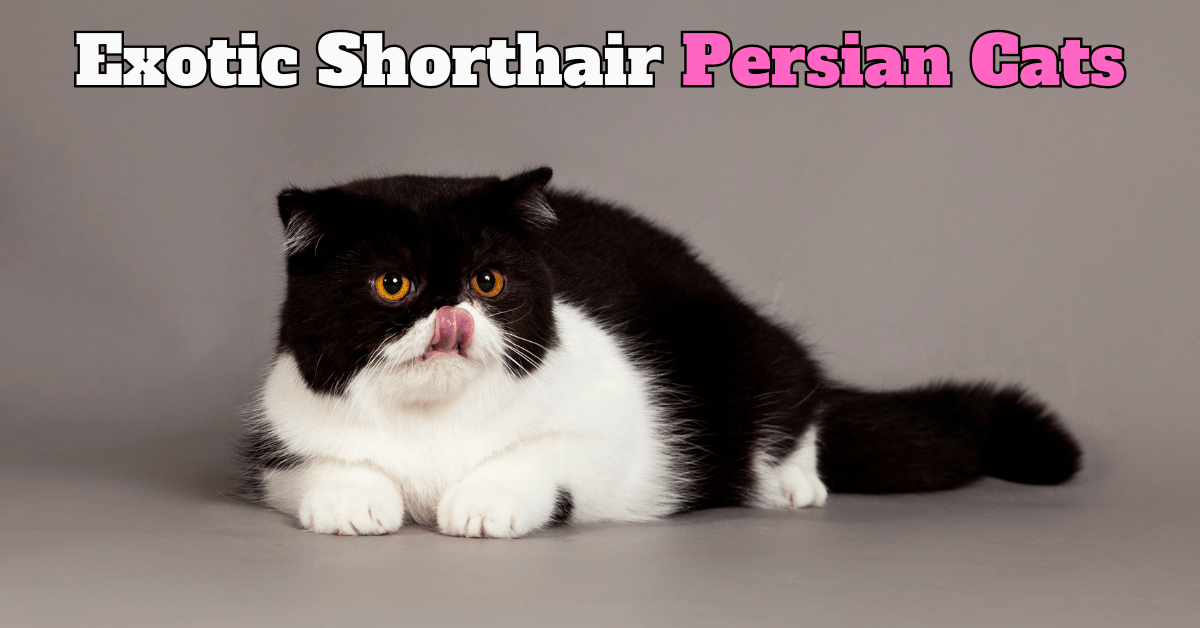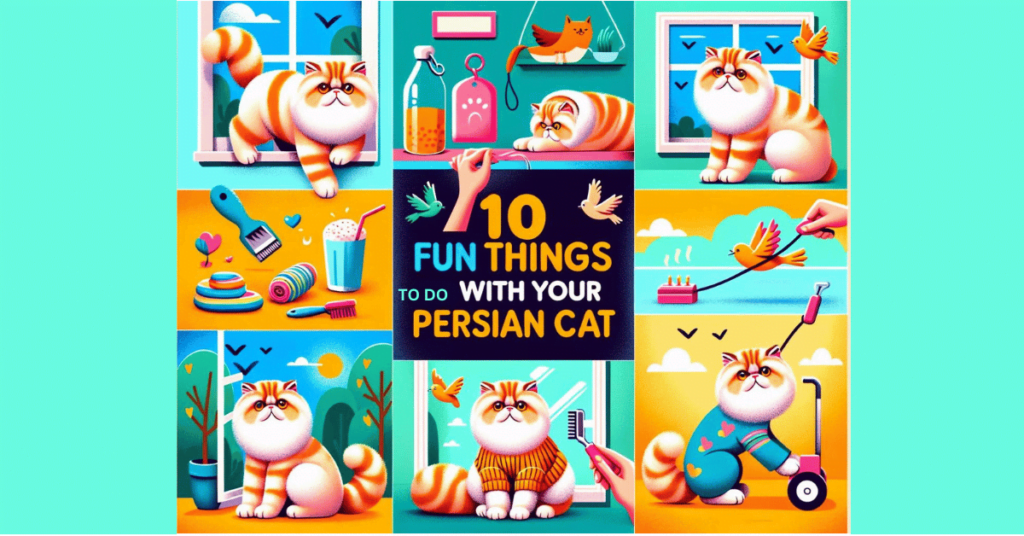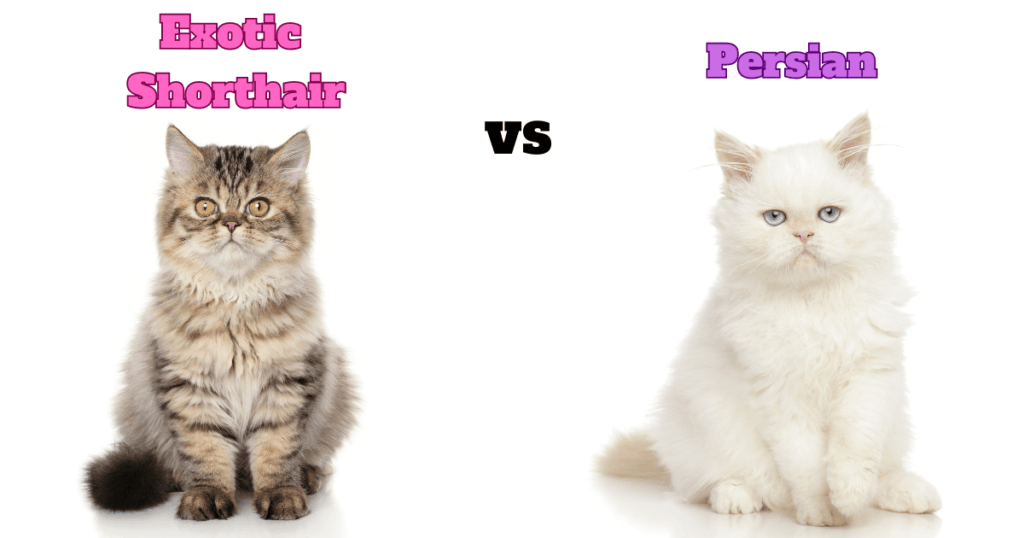This post contains affiliate links and I will be compensated if you make a purchase after clicking on my links.
Discover the Shorthair Persian Cat: Elegance with Ease
The Shorthair Persian, also known as the Exotic Shorthair, offers the classic elegance of the Persian breed with a practical twist. This variant emerged from a desire to enjoy the Persian’s distinctive features—such as their round face and expressive eyes—without the high-maintenance grooming that their longhaired counterparts require.
Ideal for cat enthusiasts who admire the Persian’s regal appearance but seek a more low-maintenance companion, the Shorthair Persian combines charm and ease, making it an increasingly popular choice among modern pet owners.
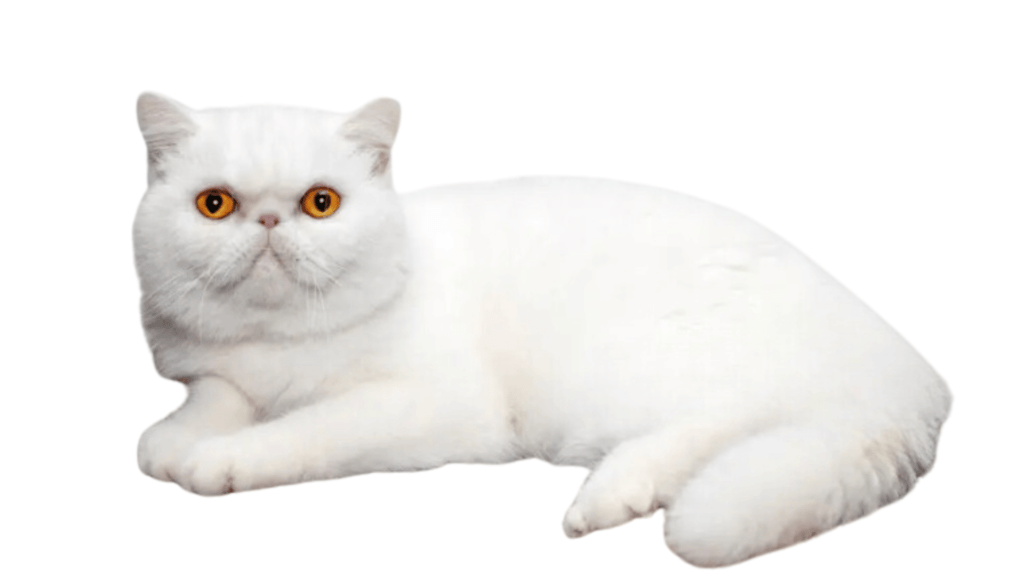
Origins and History of the Shorthair Persian
The Shorthair Persian cat, has a fascinating history that’s deeply intertwined with that of the traditional Persian cat breed. In the late 1950s, some enterprising American Shorthair breeders began secretly using Persians to refine and enhance their breed’s characteristics.
This clandestine mixing stirred the pot in the cat breeding community and eventually led to the official recognition of a new breed, the Exotic Shorthair, in 1966. This new breed captivated the hearts of cat enthusiasts with its unique look that combined the sturdy build of the American Shorthair with the plush coat and sweet face of the Persian.
However, not everyone was thrilled with this crossbreeding. Some breeders who valued the purity of the American Shorthair lineage pushed for new breed standards that would disqualify any American Shorthairs that showed signs of their Persian heritage. Amidst this controversy, the Exotic Shorthair carved out its niche, becoming a beloved breed in its own right.
Note: The Exotic Shorthair was created by crossing the American Shorthair with the Persian cat, as well as occasionally with the Russian Blue and Burmese breeds
Physical Characteristics and Key Differences
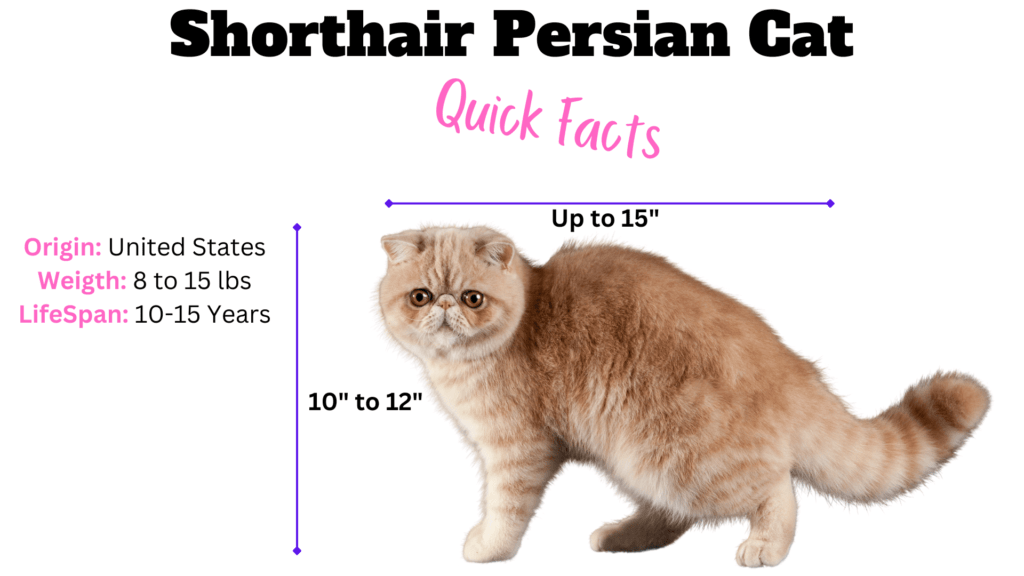
Shorthair Persian cats, are celebrated for their distinctive, plush coats which are significantly shorter than the luxurious, flowing fur of their long haired Persian cousins. This shorter, dense coat not only lends a teddy bear-like appearance that can melt any cat lover’s heart but also makes the Shorthair Persian an ideal companion for those who dread the time-consuming grooming rituals. With less fur, these cats are less prone to tangles and matting, meaning fewer grooming sessions and more playtime.
Moreover, the shorter coat of the Shorthair Persian means they generally produce fewer hairballs, a common nuisance for longhaired cat owners. This can lead to a more comfortable life for both the cat and the caretaker, as dealing with hairballs is often unpleasant and can be concerning health-wise.
Additionally, their modified facial structure, while still brachycephalic, often exhibits slight variations that can mitigate some of the typical health issues seen in flat-faced breeds, such as respiratory problems and dental complications.
Note: While there are some minor differences in height, length, and weight compared to other Persian cats, these are not significantly distinct, allowing the Shorthair Persian to retain the classic Persian silhouette.
Personality and Temperament
When it comes to personality, the Shorthair Persian cat often exhibits a more pronounced playful and active nature, compared to the typically serene and sedate personality of the longhaired Persian. These cats bring a zestful energy into any home, making them perfect for playtime and interactive sessions that keep both the pet and the owner entertained.
This adaptability extends to their ability to integrate into various household environments more seamlessly, thriving in both quiet atmospheres and more dynamic settings. While longhaired Persians might prefer a calm and predictable environment, the Shorthair Persian’s easygoing nature allows them to flourish in the lively company of playful kids or other furry friends.
Care and Maintenance of Short Hair Persian Cats
Grooming Requirements
- Brushing: Weekly brushing sessions with a steel comb are sufficient to keep their coat healthy, as their short, plush coat does not tangle or mat as easily as that of longhaired Persians.
- Seasonal Shedding: Increase grooming and bathing during seasonal shedding to remove dead hair and skin cells.
- Ear Care: Weekly checks of the ears to clean waxy buildup with a soft, cotton cloth are recommended. Avoid cotton swabs which can damage inner ear structures. Watch for signs of infection like redness or an unpleasant smell.
- Eye Care: Daily cleaning of the face with a soft, dry cloth is essential due to their flatter faces, which can cause tear staining. Monitor for signs of eye infections and consult a veterinarian if issues like redness or excessive discharge occur.
Diet and Exercise
- Feeding: Use high-quality cat food to meet nutritional needs without overfeeding. Consider smart feeders for a tech-enhanced feeding regimen that tracks and regulates food intake.
- Physical Activity: Though they have a low energy level, regular play with interactive toys and cat trees helps maintain physical health and mental stimulation. Ensure occasional, low-key games to keep them engaged.
Social and Environmental Needs
- Companionship: Exotic Shorthairs are social creatures that do not like being left alone for extended periods. They enjoy lounging and cuddling after play, making them excellent companions for those who spend a lot of time at home.
- Environment: While they adapt well to various living environments, providing a stimulating atmosphere with access to toys and personal interaction can enhance their quality of life.
Living with a Shorthair Persian Cat

Shorthair Persian cat are known for their sociable nature, often seeking out human interaction and comfortably coexisting with children and other pets. Their adaptable and easygoing temperament makes them excellent family pets, capable of thriving in diverse household settings.
This breed’s charming blend of independence and affection, coupled with their lower maintenance needs, makes them particularly appealing to those who might be new to cat ownership or those who appreciate the allure of the Persian breed but desire a less demanding companion.
Note: Exotic Shorthair cats are quite the little shadows, known for their adorable habit of tailing their humans from room to room. If you’re lounging in the living room and their favorite toy happens to be in the bedroom, don’t be surprised if they fetch it and start playing right by your feet.
Compare and Contrast: Shorthair vs. Longhaired Persian Cats
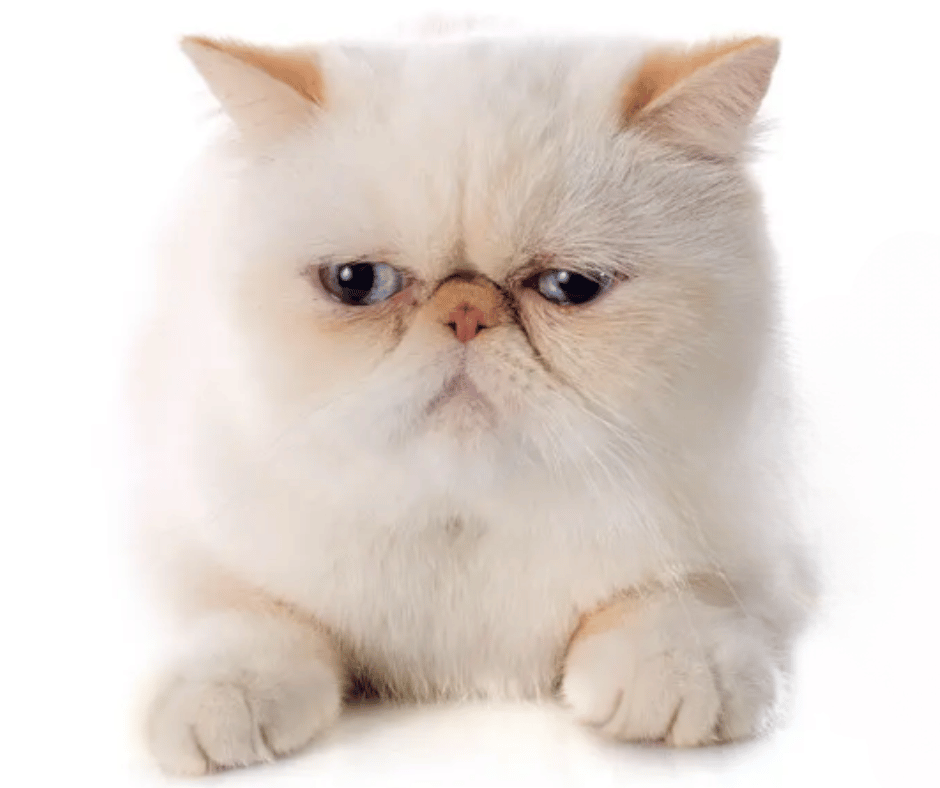
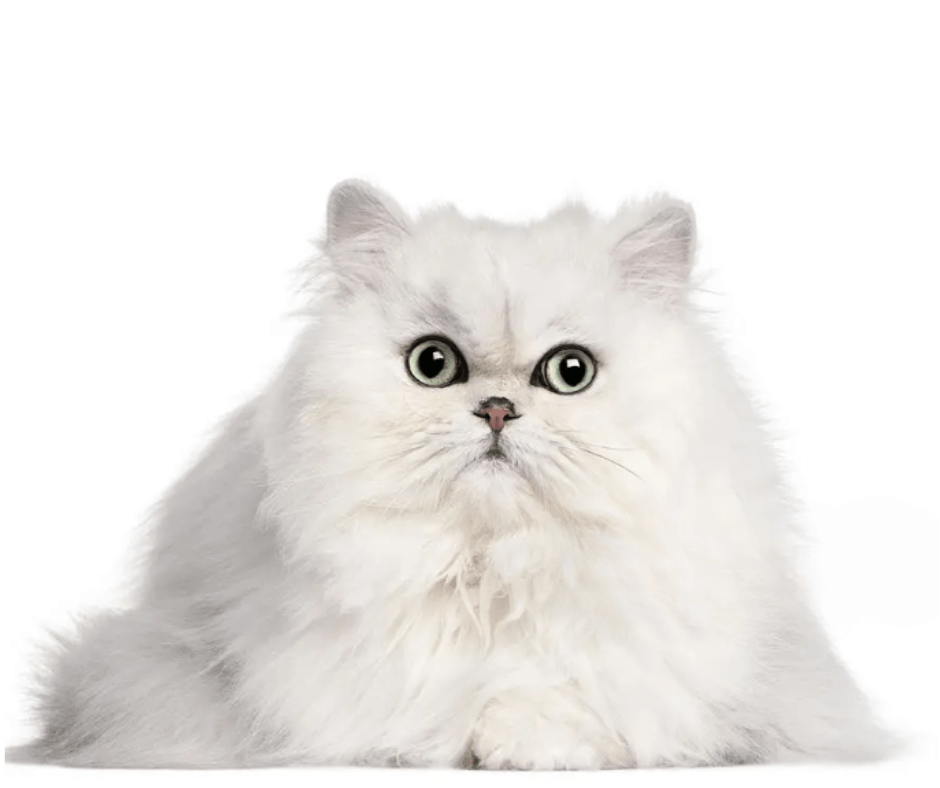
| Feature | Shorthair Persian | Long haired Persian |
|---|---|---|
| Coat Length | Short, easy-care | Long, high-maintenance |
| Grooming Needs | Minimal; weekly brushing | Intensive; daily brushing required |
| Hairball Issues | Less frequent | More frequent |
| Facial Structure | Slightly less flat-faced | Very flat-faced |
| Activity Level | More playful and active | More sedate |
| Sociability | Good with kids and pets, very adaptable | Good with all family, adaptable |
| Health Considerations | Fewer respiratory/ dental issues | Higher risk of health issues |
| Maintenance Level | Lower | Higher |
| Ideal Environment | Versatile, fits various homes | Needs a calm environment |
Wrapping Up: The Charm of the Shorthair Persian Cat
Choosing a Shorthair Persian cat as your companion offers a delightful blend of beauty and practicality. Ideal for various home environments, especially those where grooming time is limited, this breed stands out with its lower maintenance needs and plush appearance.
Shorthair Persians adapt well to both bustling family settings and quieter, more compact living spaces, making them a versatile and loving addition to any household. Embrace the simplicity and joy of living with a Shorthair Persian, and experience firsthand the unique charm they bring into your life.
Meet Sean, a fintech whiz with a penchant for pet purrs and blockchain buzz. After a decade of fintech feats, Sean’s tech talents leaped from ledger lines to litter lines, driven by a passion for pets and a vision for a more connected pet care community. With three critter companions as co-pilots, Sean launched this blog to share a treasury of pet-friendly tech tips and tales.

